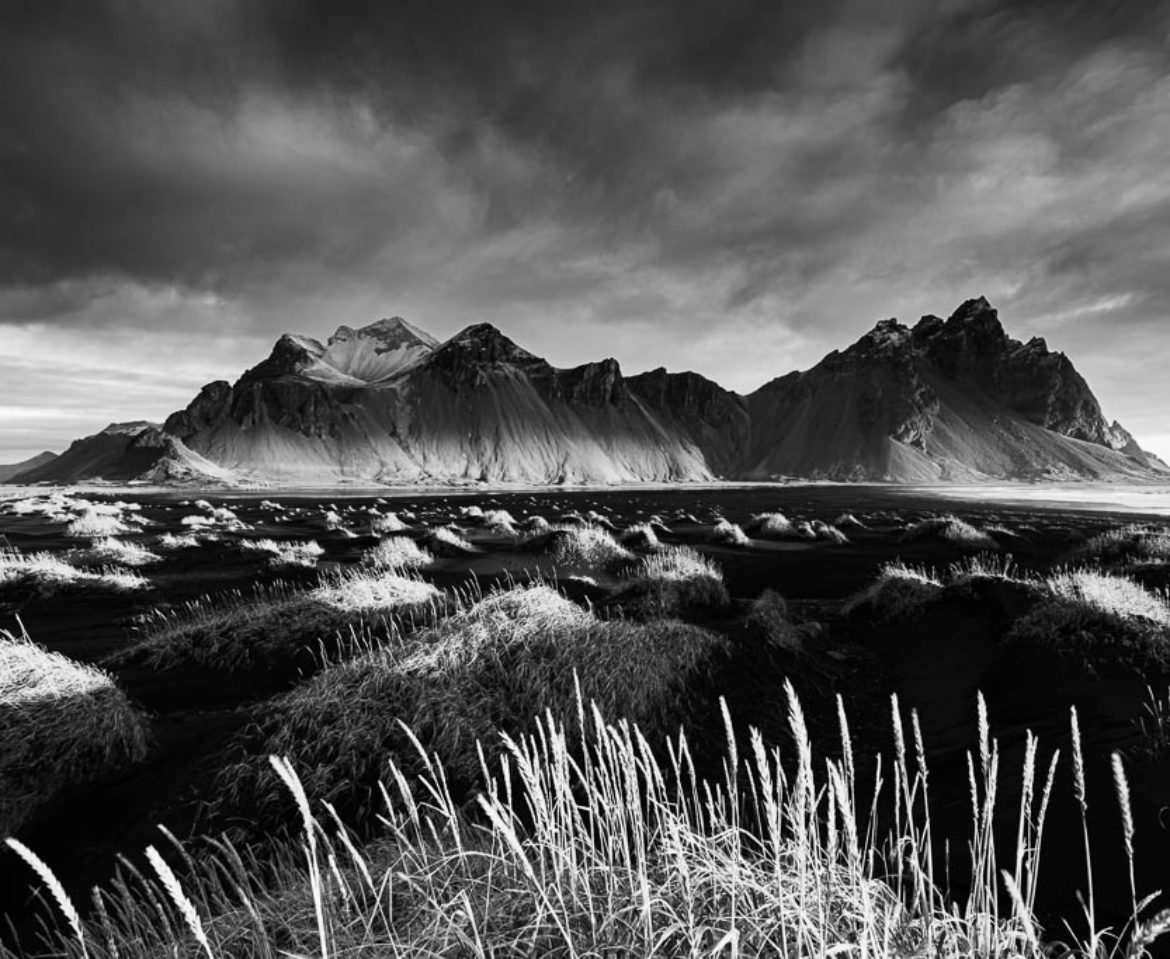How to Photograph a Total Lunar Eclipse

A total lunar eclipse, also known as a “blood moon,” will be visible from all of North America, the Pacific, and Asia Pacific on Tuesday, November 8, 2022. Totality will occur at 10:16 Universal Time. This spectacular event happens when the full moon turns red as it enters Earth’s shadow.
It will be visible from North America in the early hours of November 8, just after midnight on the west coast and just before dawn on the east coast. It will also be visible in the Asia Pacific shortly after sunset. Unfortunately, Europe will not be able to see it.
What is a lunar eclipse
A lunar eclipse occurs when the Moon moves into the shadow cast by the Earth. This can happen only when the Sun, Earth, and Moon are exactly or very closely aligned with Earth between the other two, which can happen only on a full moon night when the Moon is close to either lunar node. The length and type of a lunar eclipse are determined by the Moon’s proximity to the lunar node.
The reddish color of a completely eclipsed Moon results from Earth completely blocking direct sunlight from reaching the Moon, with the only light reflected from the lunar surface refracted by Earth’s atmosphere. This light appears reddish for the same reason that the sun sets or rises: the scattering of blue light.
Where and when the blood moon will be visible
You can use the following lunar eclipse map to find when the eclipse will be visible from your location. I prefer using The Photographer’s Ephemeris (TPE) or PhotoPills applications to find out the exact time and position of the lunar eclipse. Those apps are extremely useful for planning how to photograph the blood moon!
How to photograph the total lunar eclipse
A DSLR or mirrorless camera with a long telephoto lens, preferably something like 300mm, and a tripod are required to capture a close-up photo of the moon. You can focus on the moon, but if you have a close subject, it will get out of focus. In this case, you may need to focus stack.
Of course, shooting RAW allows you to capture as many details, dynamic range and colors as possible. Because the moon moves quickly, you’ll need a relatively fast shutter speed to avoid blur. To get a sharp photo of the moon, start with the widest aperture available for your lens and set your ISO to get a shutter speed of around 1/100 sec. Make a few test shots and use your camera’s LCD screen to zoom in and ensure the moon is perfectly sharp.
Because the available light will change as the eclipse occurs, you will need to adjust your settings. Here’s a lunar eclipse exposure calculator to help you figure out what settings you’ll need based on your camera and focal length.
Here is an interesting video on how to plan and photograph the total lunar eclipse of November 8, 2022, by using the PhotoPills application.
The next lunar eclipse
The moon will turn reddish for 66 minutes during the next total lunar eclipse visible from North and South America on March 13/14, 2025. The next blood moon to be visible from Europe, Africa, Asia, and Australia will happen on May 5/6, 2023. I wish you clear skies so you can witness this incredible experience!









